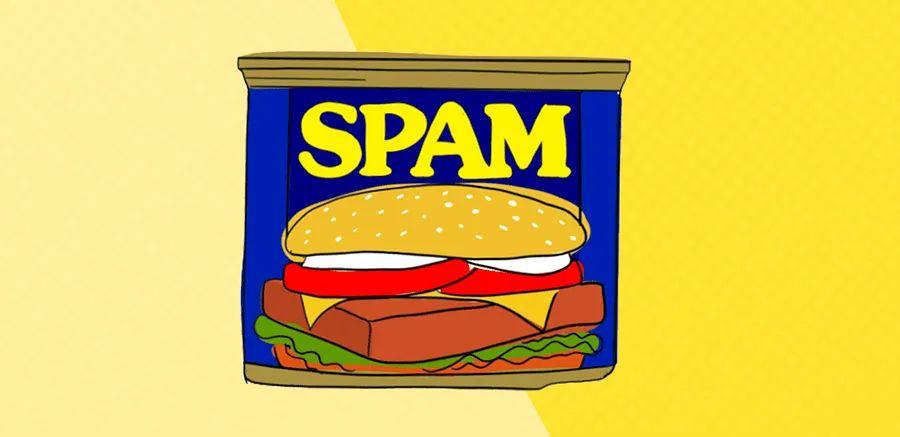What Are the Ingredients of Spam?

Spam is one of those foods that people either love or dislike. It’s a canned meat product with global recognition, yet it holds a certain mystery. Despite its widespread popularity, the question of what Spam is made from remains. In this guide, we’ll clear up the confusion by answering your top queries, including the ingredients of Spam, its fascinating history, the best ways to prepare it, and the story behind the name 'Spam.'
What Goes Into Making Spam?
Spam consists of just six ingredients: a blend of pork and ham, water, salt, potato starch, sugar, and sodium nitrite, a preservative commonly used in processed meats like bacon and hot dogs. With the only major recipe change occurring in the 1990s when potato starch was added, Spam has remained remarkably consistent in its formulation.
What Does the Name 'Spam' Mean?
The Name 'Spam' Has No Real Meaning
The Story Behind Spam
Spam was developed by Hormel Foods in Minnesota in 1937. During the early 20th century, advancements in food preservation coincided with global challenges like World War I and the Great Depression. These events increased the demand for affordable, long-lasting, and easily accessible sources of protein, and Spam emerged to meet that need.
"Industrial advancements like refrigeration and conveyor lines revolutionized the meatpacking industry," explains Lora Vogt, Curator of Education at the National WWI Museum in Kansas City. "This allowed for centralized livestock processing in cities like Chicago and Kansas City, making large-scale canned meats more feasible."
Back then, pork shoulder was a low-cost cut of meat, yet it had great potential. Hormel capitalized on this by creating Spam, a high-quality canned food product that became an easy-to-prepare option for households everywhere.
"They wanted to create a cost-effective, versatile protein source for families," says Lillis.
Spam gained worldwide recognition during World War II when Hormel shipped over 100 million pounds to feed soldiers. "As Spam made its way to different regions, it became integrated into local cuisines and cultures," says Lillis. This was particularly true in places like the Philippines, Thailand, South Korea, and Hawaii, where Spam became a staple of everyday meals.
Today, Spam enthusiasts can dive deep into the brand's history at the Spam Museum in Austin, Minnesota. For the truly dedicated, there are over a dozen different Spam varieties to explore, from teriyaki to jalapeño to hickory smoke.
Try the Recipe: WWII Spam and Egg Sandwich
What Is the Flavor of Spam?
Classic Spam offers a sweet, salty, and savory taste that falls somewhere between hot dogs and bacon. Its texture is spongy, much like sausage patties or bologna. Though Spam is fully cooked, when it’s used in a recipe, the sugars can caramelize, creating a crispy exterior while keeping the inside tender and juicy.
Cooking with Spam
Spam’s secret to success lies in its incredible versatility. While it’s delicious simply fried and placed on a sandwich, Spam’s global popularity has inspired countless ways to incorporate it into recipes around the world.
Looking for more ideas? Explore our collection of Spam recipes for delicious inspiration.

1

2

3

4

5
Evaluation :
5/5